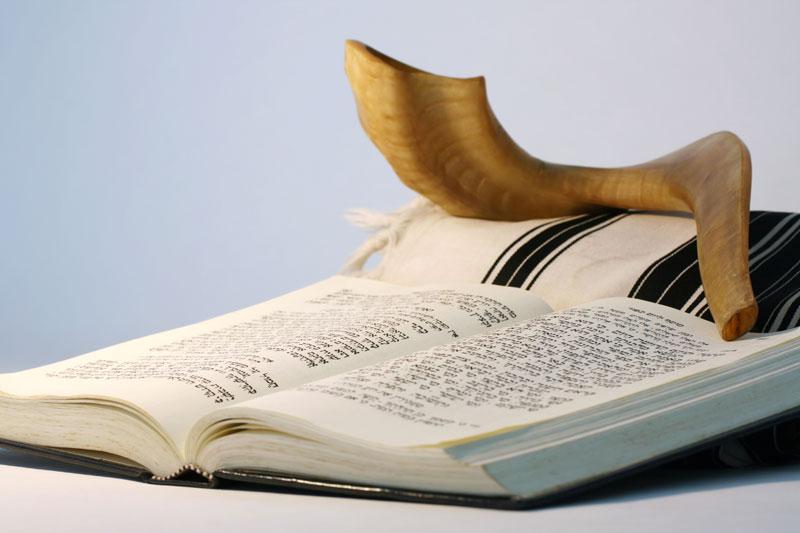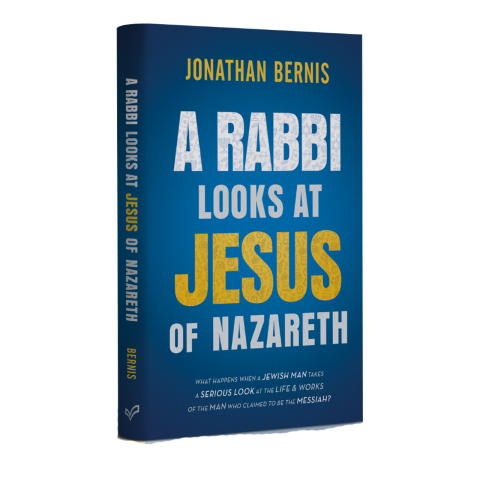
“Isaiah 53 cannot refer to Jesus because it says that no one was interested in the servant of the Lord or attracted to him, yet the New Testament records that large crowds followed Jesus.”
Answer: “Actually, the New Testament record agrees with the picture of the servant of the Lord described in Isaiah 53, despite the fact that great crowds did follow Jesus at numerous times during his ministry. This is because he spent most of his life almost unknown, and then, once he became popular, he became the center of controversy and was vehemently rejected by many religious teachers and influential leaders, ultimately dying a criminal’s death on the cross. This is certainly in harmony with Isaiah 53.” (See Answering Jewish Objections to Jesus, vol. 3, pp. 67-71.)
“Isaiah 53 cannot refer to Jesus because it says that the servant of the Lord was sickly and died of disease.”
Answer: “This is the least likely interpretation of the relevant verses in the Hebrew, as confirmed by many major translations, both Jewish and Christian. The text indicates that the servant of the Lord will be a man who is intimately associated with pain, grief, and sickness, a man suffering at the hands of people and crushed by the Lord as a guilt offering on our behalf. Such an understanding of the words is found in some Rabbinic interpretations too.” (See Answering Jewish Objections to Jesus, vol. 3, pp. 71-74.)
“Isaiah 53 does not actually say that the servant would die.”
Answer: “This objection actually contradicts two of the previous objections (specifically, 4.10 and 4.12), both of which understand that, according to Isaiah 53, the servant of the Lord would die. Many standard Rabbinic interpretations recognize this, either interpreting the text with reference to Israel’s suffering and death at the hands of their enemies, or with reference to the suffering and death of the Messiah (either Messiah ben Joseph or Messiah ben David).” (See Answering Jewish Objections to Jesus, vol. 3, pp. 74-76.)
Get the "A Rabbi Looks at Jesus of Nazareth" Book
With warmth and transparency, Jewish Voice’s own Messianic Rabbi Jonathan Bernis shares a compelling case for Jesus as Messiah and presents overwhelming evidence that can be traced to the Torah itself.
“Isaiah 53 does not say that the servant will rise from the dead.”
Answer: “If, as we have demonstrated, Isaiah 53 speaks of the servant’s death, then it must be accepted that the text just as clearly speaks of his continued activities after his death. Thus, there is only one possible explanation: The servant rises from the dead!” (See Answering Jewish Objections to Jesus, vol. 3, pp. 76-77.)
“Isaiah 53 cannot refer to Jesus because it says that the servant of the Lord did no violence, yet Jesus drove out the Temple money-changers with a whip.”
Answer: “Jesus, who was known for his meekness and gentleness all the way to the cross, did not engage in ‘violence’ in the Temple courts. There is no record of anyone being hurt or injured, and, in contrast to the some of the ancient Israelite prophets like Moses, Joshua or Samuel, Jesus did not put anyone to death in the name of the Lord. Obviously, he used a whip not a sword because his design was to clear the area out, not hurt anyone. This is hardly ‘violence’ according to the standards of the Hebrew Scriptures. In fact, it’s unlikely he used a whip to drive people out; rather, the whip was used to drive out the animals.” (See Answering Jewish Objections to Jesus, vol. 3, pp. 77-80.)
“Isaiah 53 cannot refer to Jesus because it says that the servant of the Lord would not lift up his voice or cry out, yet Jesus cried out several times on the cross, once in near blasphemy (Ps 22:1).”
Answer: “One of the most striking aspects of the suffering and death of Jesus was that he went as a lamb to the slaughter, not resisting those who arrested him, not defending himself before his accusers, and even forgiving those who crucified him. In this, he has become the worldwide symbol of a man who truly ‘turned the other cheek.’ As for his quoting Psalm 22:1 on the cross a beloved passage of Scripture how is this ‘near blasphemy’?” (See Answering Jewish Objections to Jesus, vol. 3, pp. 80-83.)
“Isaiah 53 cannot refer to Jesus because it says that the servant of the Lord would see seed, an expression always meaning physical descendants in the Hebrew Bible.”
Answer: “Actually, the passage you refer to is the only occurrence of the Hebrew expression ‘see seed’ in the Tanakh, so it is not wise to be so dogmatic about the meaning of the expression, especially since ‘seed’ is sometimes used metaphorically in the Scriptures, and since it can sometimes refer simply to a future generation. This much is certain: Through his continued life after resurrection, we can honestly and fairly say that Jesus the Messiah fulfills the description of ‘seeing seed.’” (See Answering Jewish Objections to Jesus, vol. 3, pp. 83-86.)
“Daniel 9:24-27 has nothing to do with ‘the’ Messiah.”
Answer: “There is no question that Christian versions translating the Hebrew mashiach here with ‘the Messiah’ are reading something into the text. However, what they are reading into the text is correct, since the prophecy is clearly about the work of the Messiah.” (See Answering Jewish Objections to Jesus, vol. 3, pp. 86-92.)
“Daniel 9:24 was clearly not fulfilled by Jesus.”
Answer: “Since Daniel 9:24-27 speaks of events that must be fulfilled before the destruction of the Second Temple (which took place in 70 CE), the question that must be asked is this: If Jesus did not fulfill Daniel 9:24, who did? Who was it that ushered in everlasting righteousness and made atonement for iniquity before 70 CE if not Jesus the Messiah? In reality, if he did not fulfill Daniel 9:24, then no one fulfilled it and the prophecies of Daniel cannot be trusted.” (See Answering Jewish Objections to Jesus, vol. 3, pp. 92-100.)
“Christian translations of Daniel 9:24-27 divide the seventy weeks incorrectly, and the dates have no relation to the times of Jesus.”
Answer: “There are two different ways to understand the division of the seventy weeks, but both of them are legitimate and in keeping with the rules of Hebrew grammar. More importantly, both of them equally support the Messianic interpretation of the text, and the dates involved clearly point to the times of Jesus. That’s one of the reasons why many Christians point to this text as an important Messianic prophecy.” (See Answering Jewish Objections to Jesus, vol. 3, pp. 100-109.)
This material is reprinted with permission. Adapted from Dr. Michael L. Brown’s book series Answering Jewish Objections to Jesus.
Get the "A Rabbi Looks at Jesus of Nazareth" Book
With warmth and transparency, Jewish Voice’s own Messianic Rabbi Jonathan Bernis shares a compelling case for Jesus as Messiah and presents overwhelming evidence that can be traced to the Torah itself.




